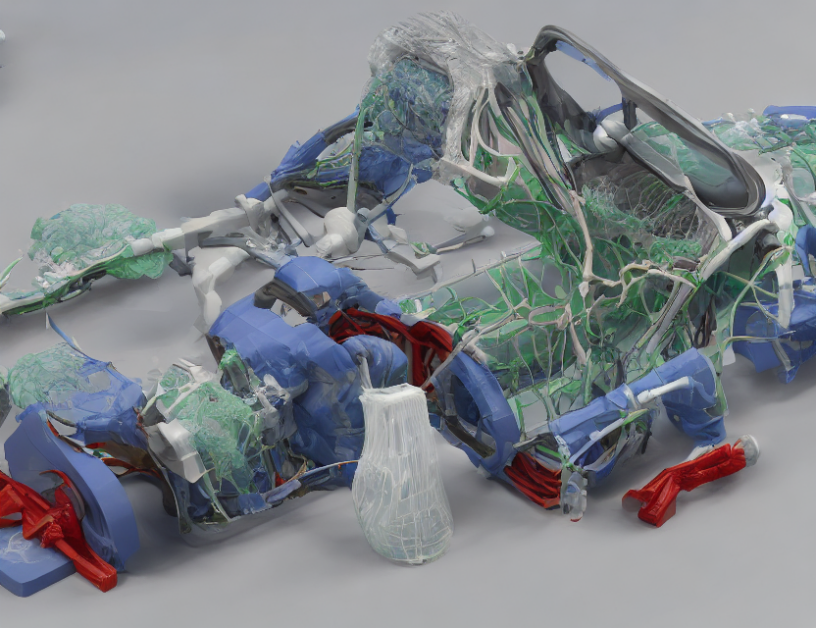In this article, researchers present a novel approach to efficiently simulate three-dimensional continuum mechanics using neural networks. They propose a simple hierarchical model that represents the probability distribution of repair success in a multinomial trial, where each ci represents a state (failed, partial/moderate, or successful). The model is trained using a feed-forward fully connected neural emulator with an optimal architecture, including input nodes, hidden layers, and output nodes. The network is trained with the Adam optimizer and a learning rate scheduler to avoid overfitting and early stopping conditions.
To train the model efficiently, the authors use a large dataset of 32768 samples, which takes less than 20 minutes to train on a single high-performance GPU. They also introduce an early stopping criterion to prevent overtraining and ensure that the model is saved at the epoch corresponding to the lowest validation loss.
To demystify complex concepts in the article, we can compare the neural network emulator to a recipe book for cooking. Just as a recipe book contains instructions for making different dishes, the neural network emulator has a set of rules or parameters that define how to simulate three-dimensional continuum mechanics. The input nodes represent the ingredients and cooking techniques needed to make each dish (state), while the hidden layers and output nodes correspond to the complex interactions between the ingredients and the cooking process (probability distribution).
By using a feed-forward fully connected neural network, the authors can simplify the complexity of the three-dimensional simulations, making them more efficient and easier to train. They also use an adaptive learning rate scheduler to ensure that the model is trained appropriately without overfitting or underfitting the data.
In summary, this article presents a novel approach to efficiently simulate three-dimensional continuum mechanics using neural networks. By leveraging the strengths of deep learning and optimization techniques, researchers can train a simple hierarchical model that accurately represents the probability distribution of repair success in a multinomial trial. The proposed method has important implications for democratizing access to high-fidelity simulations, enabling faster and more accurate prediction of complex engineering systems.
Accelerating Simulation-Based Repair Planning for Pulmonary Artery Disease with Hierarchical Modeling and Deep Learning



